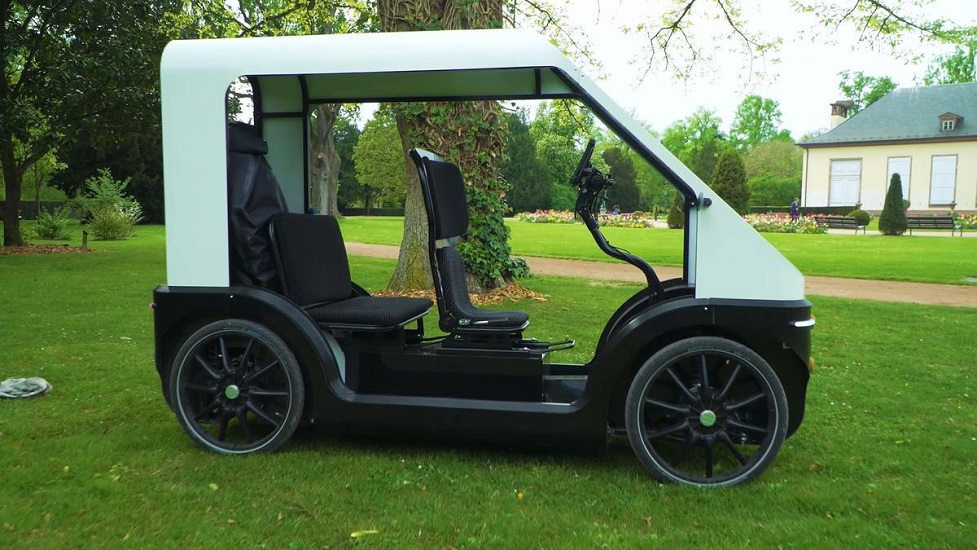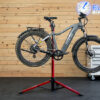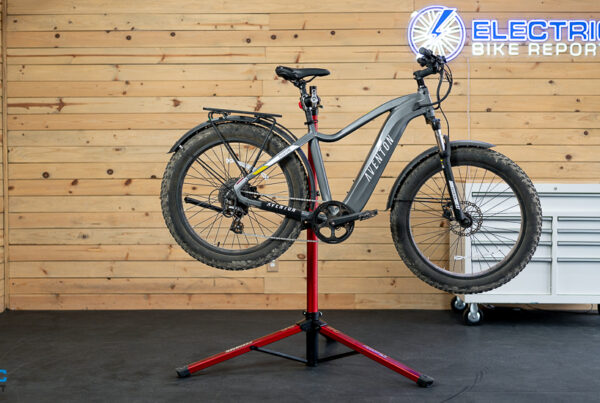City leaders face increasing pressure to reduce congestion and pollution in dense urban areas while also struggling with reduced parking as more and more spaces are given over to development for uses such as outdoor dining spaces. The advent of e-bikes has helped in this regard, but e-bikes can’t meet every contemporary transportation need. If only.
Delivery companies such as FedEx and UPS have instituted pilot programs in which they are testing four-wheeled e-bikes. Smaller than a traditional delivery truck, they are easy to park and offer a carbon footprint that is a fraction of that generated by big trucks. Plus, they can carry far more packages than a cargo e-bike is able.
But what about private citizens like us? What if we want an alternative to an expensive-to-fill SUV? Well, there are companies that are beginning to offer vehicles that cross the drivetrain and motor of an e-bike with the stability and carrying capacity of a four-wheeled vehicle. These new designs sit almost perfectly between what an e-bike is and what an EV is, and as a result, they’ve been given the clunky name “car bikes.”
You’re probably wondering why four wheels rather than three? Even though adding a fourth wheel adds weight and increases rolling resistance, anyone who has ridden a trike of any sort will attest that four wheels are inherently more stable than three. And once you add some sort of canopy to the vehicle, that raises the center of gravity, increasing the possibility of tipping in a hard turn, so a fourth wheel is critical to making the “car bike” as stable as possible.
One French company decided to embrace the term, going so far as to name their company Karbikes. The Karbike rolls on a four-wheel chassis and features a 250W motor and a 1200Wh battery, which is estimated to offer up to 40 mi. of range per charge. It has a roof and windshield as well as removable doors, depending on the weather. Behind the rider is a seat wide enough for two kids or one adult and the seatback can fold down to convert the seat into an expanded cargo area.
Many of these designs allow the rider/driver (drider?) to sit upright as you might in a car, but some go for a more laid-back recumbent position.
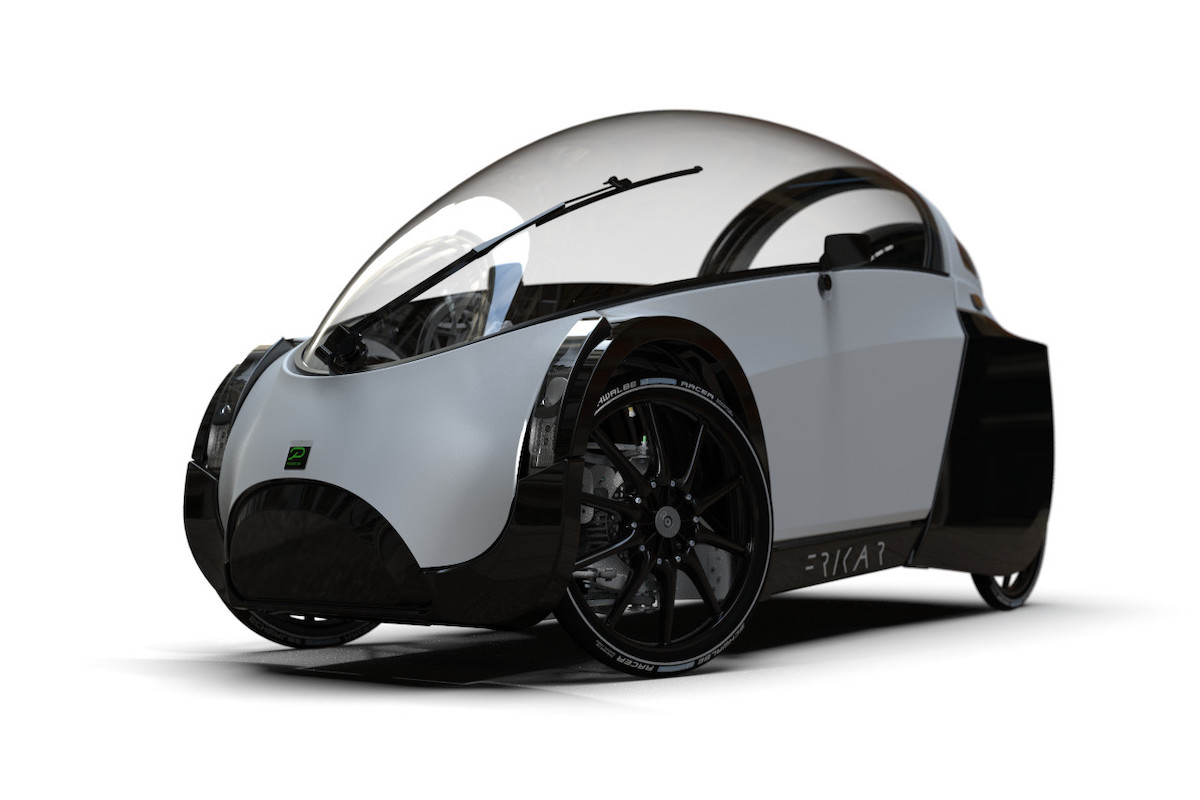

The Podbike is one such design; it is produced by a Norwegian company called Frikar. The Podrider uses a single-seat recumbent design with a canopy that looks like it came from a fighter jet. By giving it an aerodynamic form it gains efficiency to help offset its weight and allow riders to enjoy the sort of range one might see with a more traditional e-bike. When not in use it can be tipped up on its back for storage that occupies only 1m². The Podbike has already entered production and Frikar reports that they have more than 4,600 preorders.
Yet another is made by the German company CityQ. It has four wheels, up to 2m³ of storage for the closed version, but there’s also one with a pickup-style open bed in the rear. DHL has purchased some for use in deliveries.
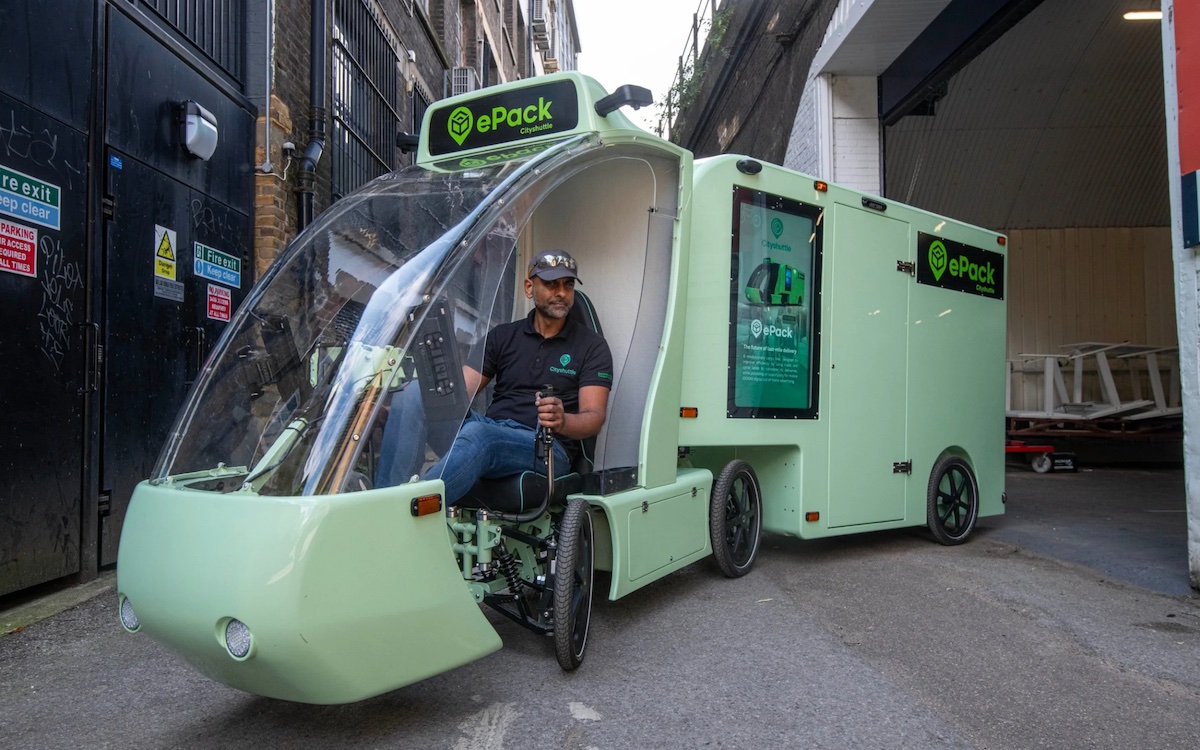

In the U.K. a more elaborate form of cargo car bike, the Cityshuttle ePacklooks like a small, articulated truck. It is meant as a delivery vehicle, but can also be configured for carrying passengers. People in the U.K. have complained that its weight—which can run as high as 650kg (1433 lbs.)—presents a fresh form of danger for pedestrians.
.
.
.
#4Wheeled #Car #Bikes
Source link

